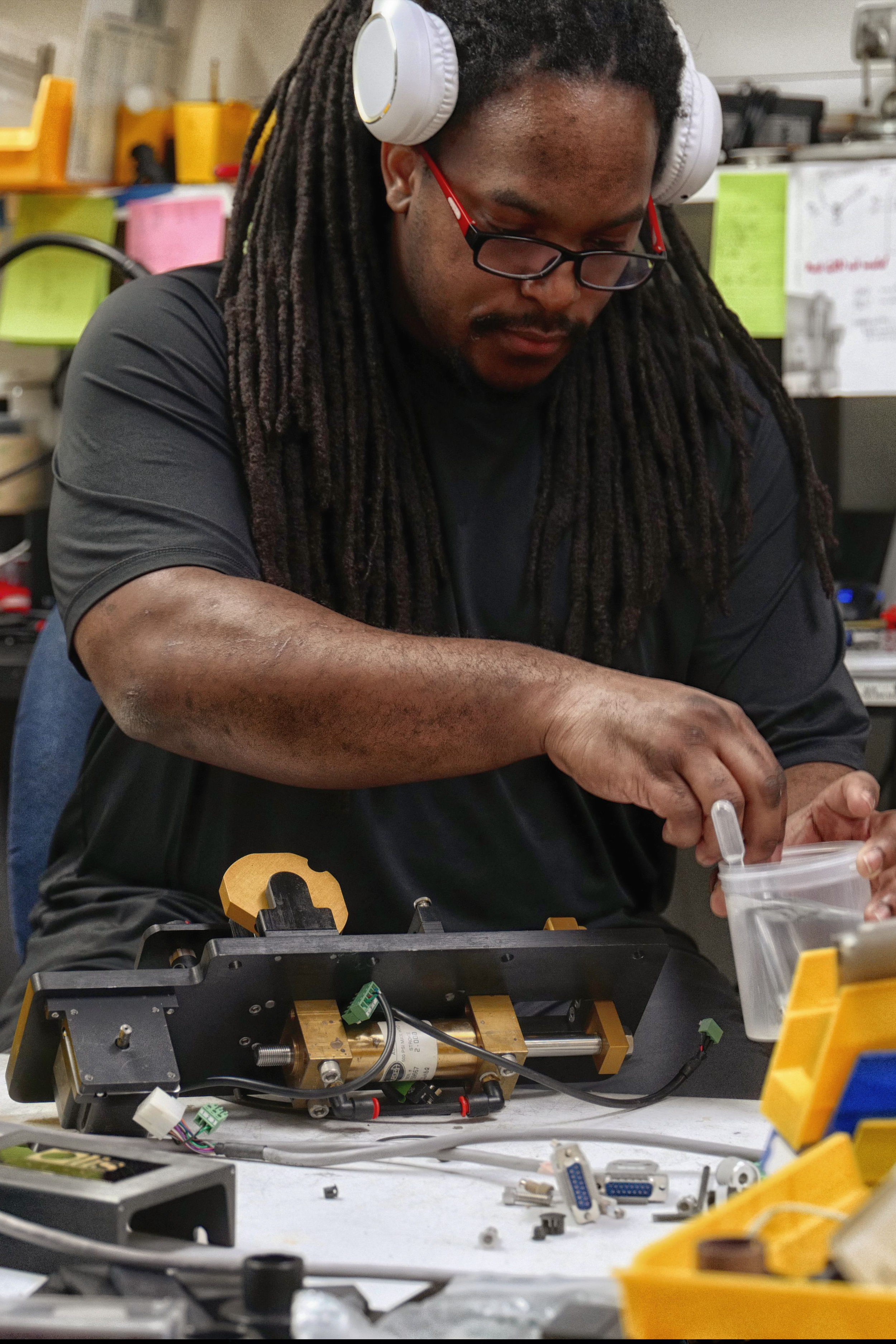Getting My Circularly Polarized Luminescence To Work
Table of ContentsAll about Uv/vis/nirThe Ultimate Guide To Uv/visHow Uv/vis/nir can Save You Time, Stress, and Money.Uv/vis Can Be Fun For EveryoneUv/vis/nir Things To Know Before You Get This

Spectrophotometry is a tool that hinges on the quantitative analysis of molecules depending on how much light is soaked up by colored compounds.
The Buzz on Circularly Polarized Luminescence
A spectrophotometer is commonly used for the measurement of transmittance or reflectance of solutions, transparent or opaque solids, such as polished glass, or gases. Although numerous biochemicals are colored, as in, they soak up noticeable light and for that reason can be determined by colorimetric procedures, even colorless biochemicals can frequently be transformed to colored substances suitable for chromogenic color-forming reactions to yield substances suitable for colorimetric analysis.: 65 Nevertheless, they can likewise be developed to determine the diffusivity on any of the noted light ranges that normally cover around 2002500 nm using different controls and calibrations.
An example of an experiment in which spectrophotometry is used is the determination of the stability constant of a service. A certain chain reaction within a solution might occur in a forward and reverse direction, where reactants form products and items break down into reactants. At some time, this chemical response will reach a point of balance called a stability point.
The Uv/vis/nir PDFs
The quantity of light that goes through the service is indicative of the concentration of particular chemicals that do not permit light to go through. The absorption of light is due to the interaction of light with the electronic and vibrational modes of particles. Each kind of particle has a private set of energy levels associated with the makeup of its chemical bonds and nuclei and therefore will take in light of specific wavelengths, or energies, resulting in unique spectral homes.
Using spectrophotometers covers numerous scientific fields, such as physics, products science, chemistry, biochemistry. UV/Vis, chemical engineering, and molecular biology. They are commonly utilized in numerous markets consisting of semiconductors, laser and optical production, printing and forensic assessment, in addition to in labs for the study of chemical compounds. Spectrophotometry is typically utilized in measurements of enzyme activities, decisions of protein concentrations, determinations of enzymatic kinetic constants, and measurements of ligand binding reactions.: 65 Eventually, a spectrophotometer has the ability to figure out, depending upon the control or calibration, what compounds exist in a target and exactly just how much through calculations of observed wavelengths.
Created by Arnold O. Beckman in 1940 [], the spectrophotometer was developed with the aid of his coworkers at his company National Technical Laboratories established in 1935 which would end up being Beckman Instrument Company and ultimately Beckman Coulter. This would come as a service to the formerly produced spectrophotometers which were not able to absorb the ultraviolet correctly.
Indicators on Circularly Polarized Luminescence You Need To Know
It would be found that this did not offer satisfying outcomes, for that reason in Design B, there was a shift from a glass to a quartz prism which enabled better absorbance results - circularly polarized luminescence (http://connect.releasewire.com/company/olis-clarity-343997.htm). From there, Design C was born with a change to the wavelength resolution which ended up having three systems of it produced
It irradiates the sample with polychromatic light which the sample absorbs depending on its residential or commercial properties. It is transferred back by grating the photodiode selection which finds the wavelength area of the spectrum. Considering that then, the production and implementation of spectrophotometry devices has increased tremendously and has actually turned into one of the most ingenious instruments of our time.

Uv/vis/nir - Questions
The grating can either be movable or fixed.
In such systems, the grating is fixed and the intensity of each wavelength of light is determined by a different detector in the variety. When making transmission measurements, the spectrophotometer quantitatively compares the portion of light that passes through a recommendation service and a test solution, then digitally compares the intensities of the two signals and computes the portion of transmission additional hints of the sample compared to the reference requirement.
